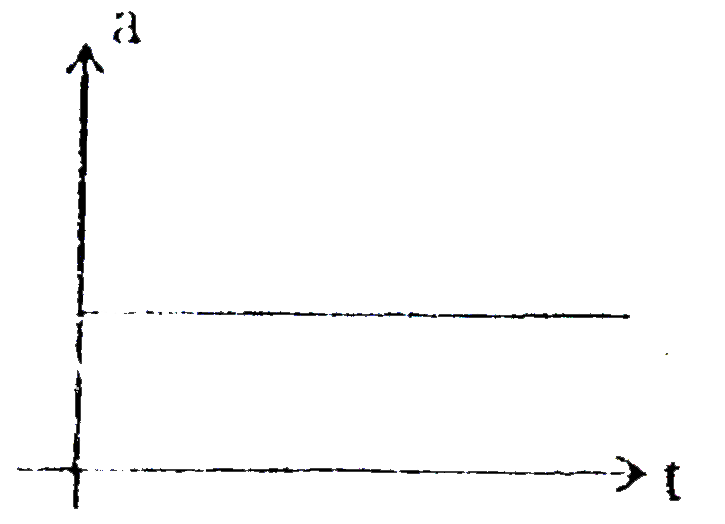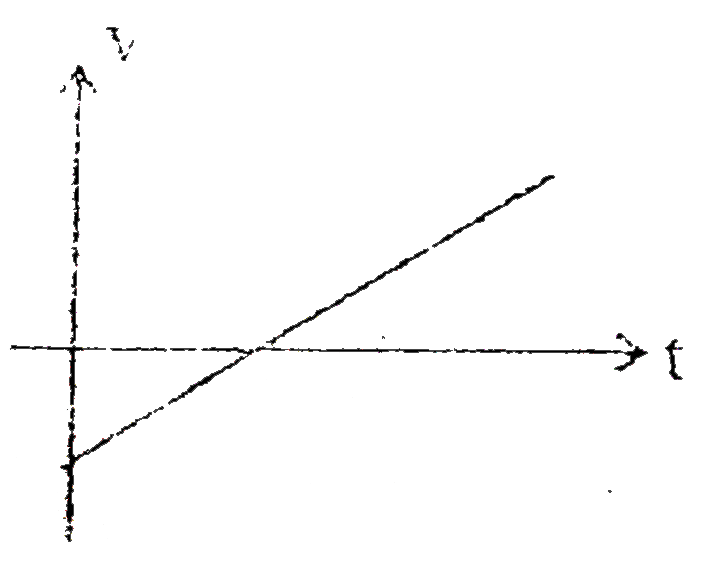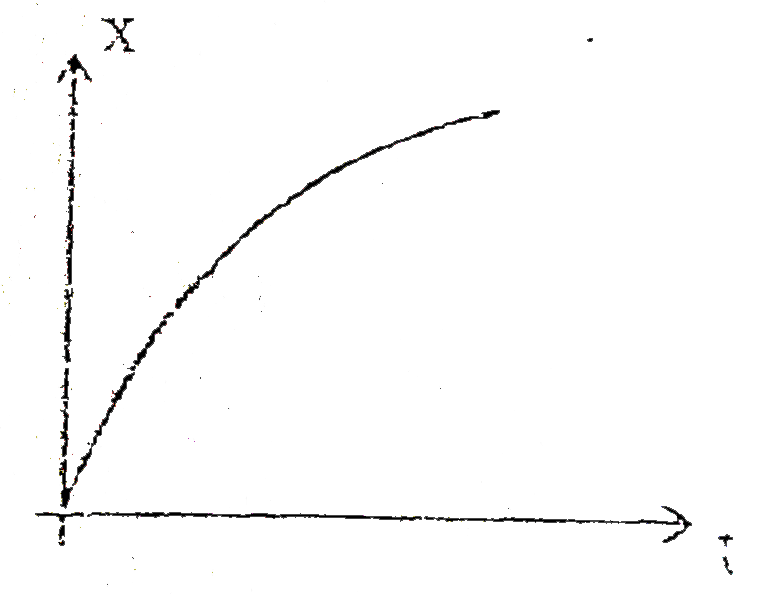Ψ(x) is the wave function for a particle moving along the x axis. The probability that the particle is in the interval from x = a to x = b is given by
A
Ψ(b)−Ψ(a)
B
|Ψ(b)|/|Ψ(a)|
C
|Ψ(b)|2/|Ψ(a)|2
D
∫baΨ(x)dx
Text Solution
The correct Answer is:C
|
Topper's Solved these Questions
- PHOTONS AND MATTER WAVESBOOK - RESNICK AND HALLIDAYCHAPTER - PHOTONS AND MATTER WAVESEXERCISE - PRACTICE QUESTIONS (More than One Correct Choice Type)
5 Videos
- PHOTONS AND MATTER WAVESBOOK - RESNICK AND HALLIDAYCHAPTER - PHOTONS AND MATTER WAVESEXERCISE - PRACTICE QUESTIONS (Link Comprehension)
17 Videos
- PHOTONS AND MATTER WAVESBOOK - RESNICK AND HALLIDAYCHAPTER - PHOTONS AND MATTER WAVESEXERCISE - PROBLEMS
50 Videos
- OSCILLATIONSBOOK - RESNICK AND HALLIDAYCHAPTER - OSCILLATIONSEXERCISE - Practice Questions
57 Videos
- RELATIVITYBOOK - RESNICK AND HALLIDAYCHAPTER - RELATIVITYEXERCISE - PRACTICE QUESTIONS (Integer Type)
5 Videos
Similar Questions
Knowledge Check
For a particle moving along the x-axis, mark the correct statement(s).
Aif x is positive and is increasing with the time, then average velocity of the particle is positive.Bif x is negative and becoming positive after some time, then the velocity of the particle is always positive.CIf x is negative and becoming less negative as time passes, then the average velocity of the particle is positive.DIf x is positive and is increasing with time, then the velocity of the particle is always positive.Position of particle moving along x-axis is given as x=2+5t+7t2 then calculate :
AVelocity (i.edxdt) of particleBInitial velocity(i.edxdt att=0)CVelocity at t=2secDAccleration(i.ed2xdt2) of particleFor a particle moving along x−axis, speed must be increasing for the following graph :
A B
B C
C D
D
For a particle moving along x−axis, speed must be increasing for the following graph :
View Solutionx-t equation of a particle moving along x-axis is given as
x=A+A(1−cosωt)
View SolutionPosition of particle moving along x-axis is given by x=2t^(3)-4t+3 Initial position of the particle is
View Solutionx-tequation of a particle moving along x-axis is given as
x=A+A(1−cosωt)
View SolutionDisplacement of a particle moving along X-axis is given by x=at2−bt3.
View Solution
